Have you ever been at a store or online looking at gorgeous timepieces and wondered if they will fit your wrist properly? Or even worse, you purchased a watch only to find it slips about like a loose bracelet or feels too tight?
Finding the ideal fit is just as important when selecting a watch as a style. The first and most crucial step in doing that is to measure the size of your wrist.
But how do you measure your wrist size accurately? Do you need fancy tools, or can you do it with simple items at home? Don’t worry; we’ve got you covered.
In this guide, we’ll walk you through the easiest ways to measure your wrist size, explain why it’s important for a comfortable and stylish fit, and share tips on how to choose the right watch based on your measurements.
Let’s dive in!
Table of Contents
Why Does Wrist Size Matter for Watches?
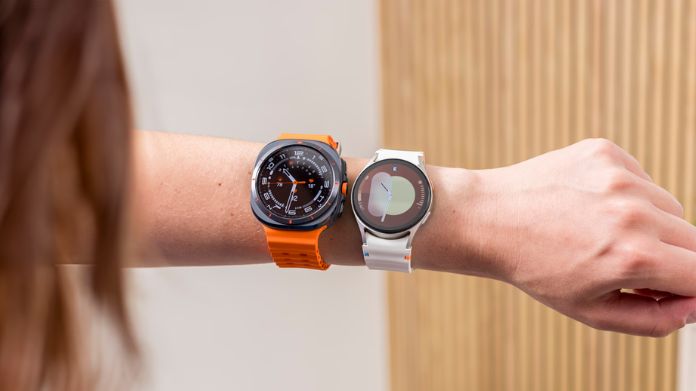 Before we get into the how-to, let’s discuss why wrist size matters. Imagine that the watch you’re wearing is too tight. It is unpleasant, and it leaves markings on your skin.
Before we get into the how-to, let’s discuss why wrist size matters. Imagine that the watch you’re wearing is too tight. It is unpleasant, and it leaves markings on your skin.
Imagine a watch that is too loose now. It moves about so much that it seems like a hassle to check the time. Both situations are undesirable, aren’t they?
The fit of your watch not only impacts comfort but also affects its overall appearance. A watch that fits properly accentuates your wrist and your ensemble.
The proper fit is crucial whether you’re sporting a sporty smartwatch for your workouts or a traditional leather-strap watch for a formal occasion.
What You’ll Need to Measure Your Wrist Size?
The good news? Measuring your wrist is simple, and you don’t need any expensive tools. Here’s what you can use:
- A soft measuring tape (like the ones used for sewing)
- A piece of string or ribbon
- A ruler (if you’re using string or ribbon)
That’s it! These are items you likely already have at home.
Step-by-Step Guide to Measuring Your Wrist Size
1. Using a Measuring Tape
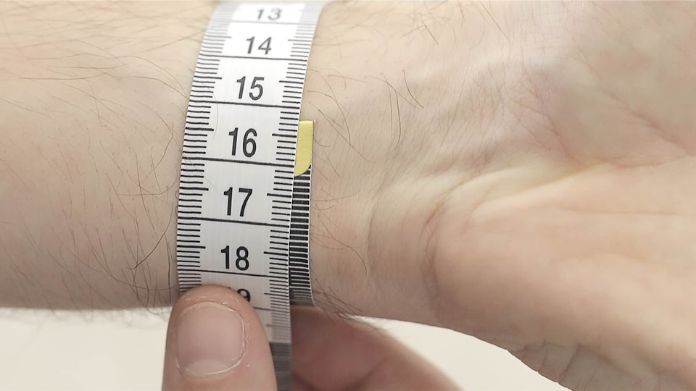 This is the easiest and most accurate way to measure your wrist. Follow these steps:
This is the easiest and most accurate way to measure your wrist. Follow these steps:
- Wrap the soft measuring tape around your wrist, just below the wrist bone. This is typically where you’d wear a watch.
- Make sure the tape is snug but not tight. You should be able to move it slightly without it feeling loose.
- Note the measurement where the end of the tape meets the rest. That’s your wrist size!
Pro Tip: Get a watch that fits a little looser if you want to wear it every day. To provide precise tracking, fitness watches should fit snugly.
2. Using String or Ribbon
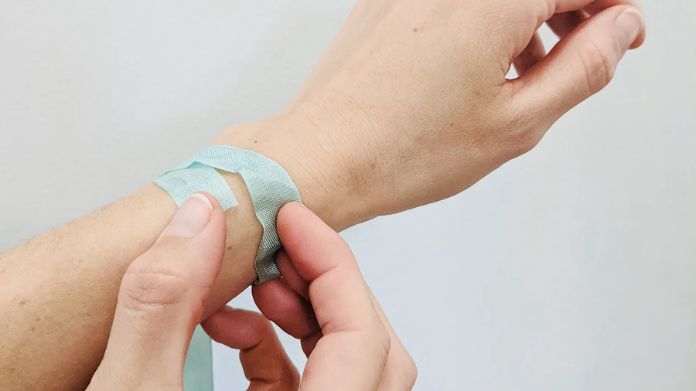 Don’t have a measuring tape? No problem. You can use a piece of string or ribbon. Here’s how:
Don’t have a measuring tape? No problem. You can use a piece of string or ribbon. Here’s how:
- Wrap the string or ribbon around your wrist, just like you would with a measuring tape.
- Mark the spot where the string overlaps or meets itself.
- Lay the string flat on a table and measure it with a ruler.
This method is just as effective as using a measuring tape, though it requires one extra step.
3. Using Paper or a Strip of Cardboard
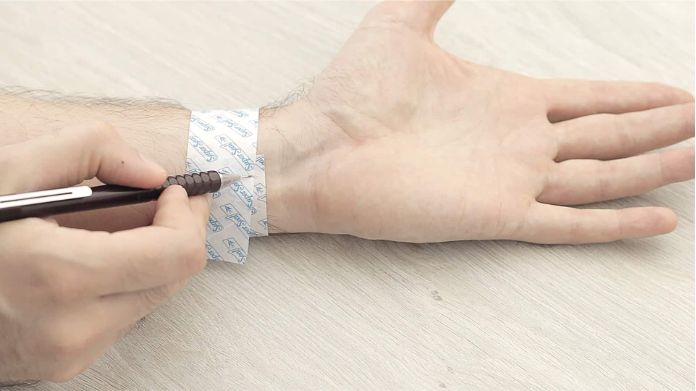 If you’re really in a pinch, even a strip of paper or cardboard can work:
If you’re really in a pinch, even a strip of paper or cardboard can work:
- Cut a strip of paper about half an inch wide.
- Wrap it around your wrist and mark the spot where it overlaps.
- Use a ruler to measure the length of the strip up to the mark.
How to Choose the Right Watch Size?
Now that you have your wrist measurement, it’s time to match it to the right watch size. Here’s a quick guide:
- Small Wrists (5–6 inches):
- Opt for watches with smaller case sizes (28–34 mm). These watches won’t overwhelm your wrist and will look proportionate.
- Medium Wrists (6–7 inches):
- Choose watches with case sizes between 34–40 mm. This is a versatile size range that fits most wrist types comfortably.
- Large Wrists (7+ inches):
- Go for larger case sizes (40–46 mm). These watches will balance well with a broader wrist.
Tips for Finding the Perfect Fit
Even with the right wrist measurement, here are a few additional tips to ensure your watch fits perfectly:
- Strap Adjustments: Many watches come with adjustable straps or links. If the watch feels too loose or tight, you can easily adjust it.
- Try It On: If possible, try on the watch before buying it. Online shopping is convenient, but there’s no substitute for actually feeling how a watch fits.
- Consider the Band Material: Leather straps are more forgiving and comfortable, while metal bracelets may need resizing for a perfect fit.
Common Mistakes to Avoid
When measuring your wrist, avoid these common mistakes:
- Measuring Too Tight or Too Loose: Your wrist measurement should reflect how you want your watch to feel. Don’t pull the measuring tape or string too tightly or leave it too loose.
- Ignoring the Wrist Bone: Always measure just below the wrist bone, where your watch will sit. Measuring higher or lower can give inaccurate results.
- Skipping Adjustments: If the watch doesn’t fit perfectly out of the box, don’t settle. Adjust the strap or links for the best fit.
Beyond the Fit: Other Factors to Consider
While wrist size is crucial, don’t forget to think about other factors when choosing a watch:
- Style: Do you prefer a minimalist look, or do you want something bold and eye-catching?
- Weight: A heavy watch might feel uncomfortable on smaller wrists, while a lightweight watch might feel insubstantial on larger wrists.
- Purpose: Are you buying a watch for formal occasions, everyday wear, or fitness tracking? Your choice will influence the strap material and features.
Final Thoughts
Measuring your wrist size might seem like a small step, but it can make a big difference in your watch-wearing experience.
A well-fitted watch not only feels comfortable but also adds to your style and confidence. By following the simple steps outlined above, you can ensure that your next watch purchase is the perfect fit for you.
So, grab a measuring tape (or string) and get started. Your perfect watch is waiting for you, and now you’re just a measurement away from finding it.
Happy watch shopping! 😊

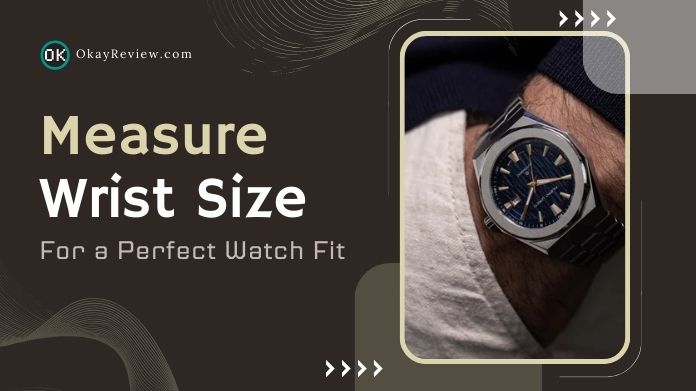
This is such a helpful guide for measuring wrist size accurately! The step-by-step instructions make it super easy to follow. Are there any recommendations for the best type of bracelets or watches based on wrist size? I would love to hear your thoughts!